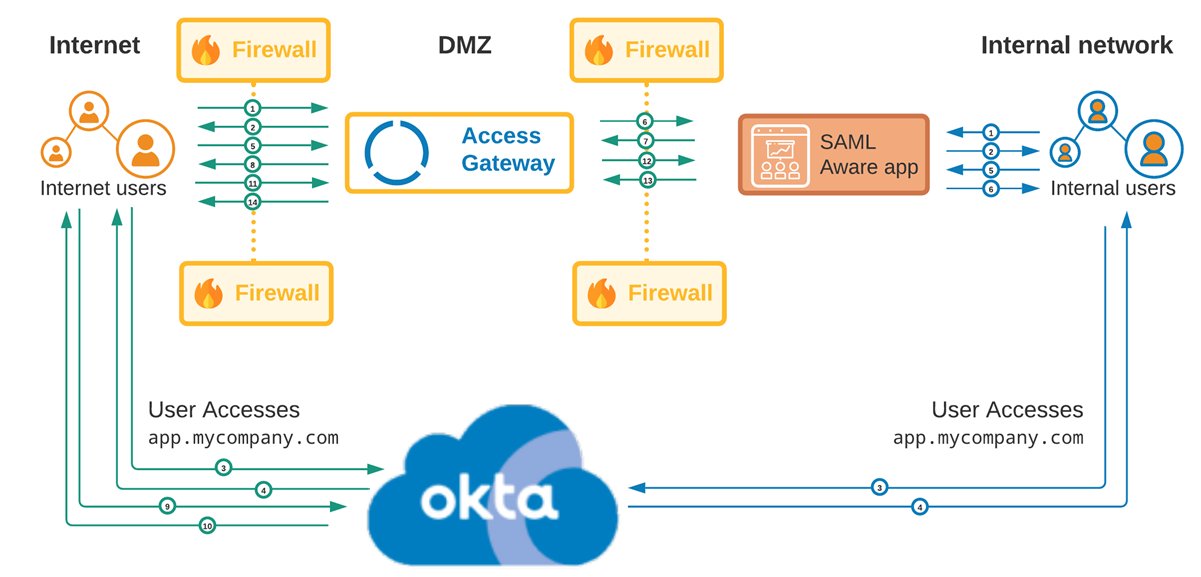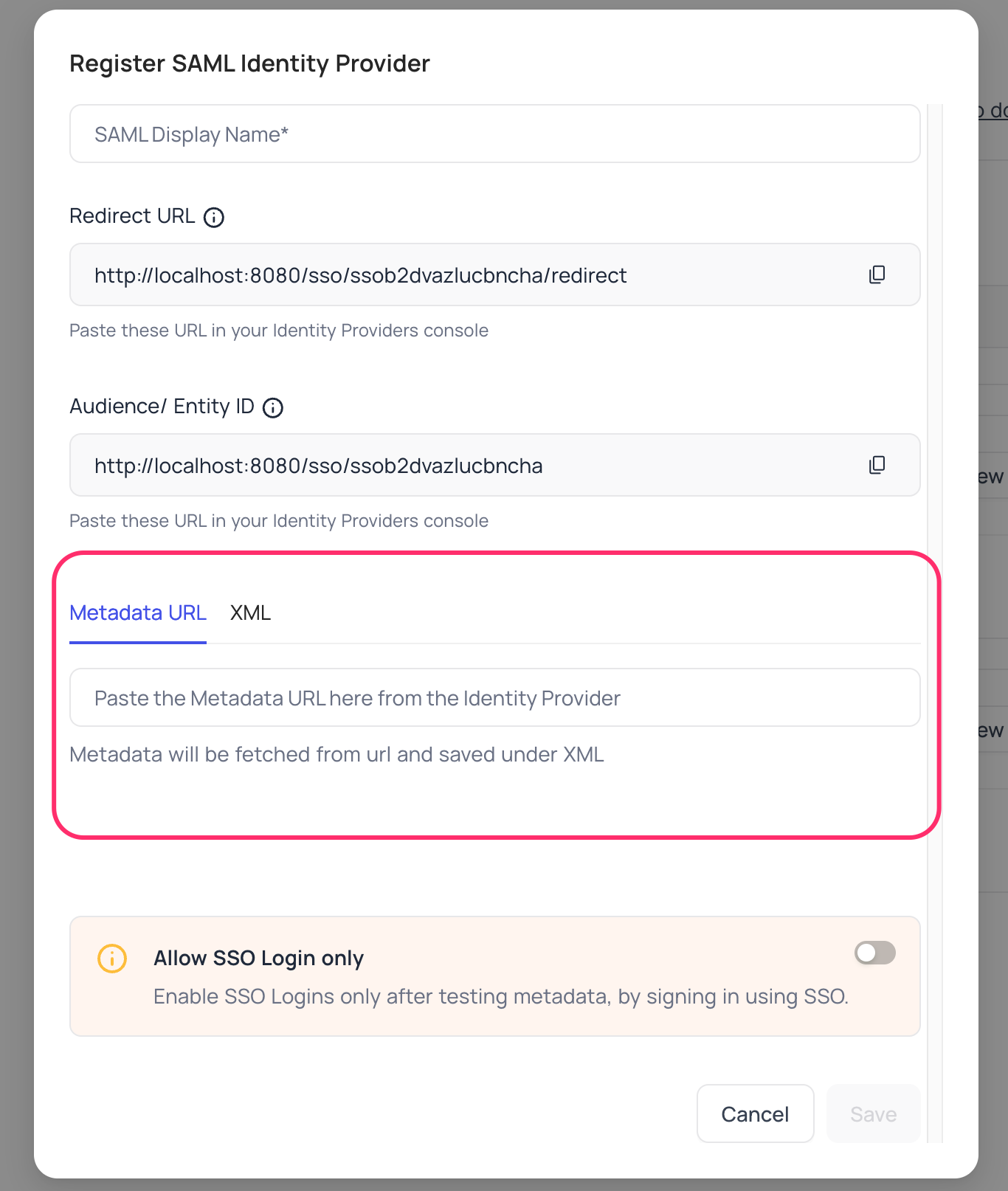
SAML SSO is mandatory for anything approaching enterprise security. The basic setup isn't rocket science, but the edge cases will ruin your weekend. I've spent entire nights debugging attribute mapping failures that worked fine in dev but shit themselves in production.
Since February 2024 when Atlassian killed Server, everyone's forced into this whether they like it or not.
Identity providers that don't completely suck:
- Okta - expensive ($2+ per user monthly) but their provisioning actually works. Their support knows Confluence quirks.
- Azure AD - works if you're already in Microsoft hell. Entra rebranding in 2023 broke some old tutorials.
- Google Workspace - decent but group mapping is finicky. Especially painful with nested groups.
Where implementations break:
- Service accounts bypass SSO (security teams hate this)
- Attribute mapping fails silently - users get wrong permissions
- Session timeouts too aggressive - users work around security
- JIT provisioning creates ghost accounts nobody tracks
Pro tip: Test SAML in incognito mode or you'll spend hours debugging cached sessions. Ask me how I know.
Audit logs capture everything, but raw logs are useless without monitoring. Most orgs discover security incidents months later during compliance audits - way too late to matter.
Guard Premium: DLP That Doesn't Completely Suck

Guard Premium went GA in October 2023 but still has rough edges. At $8/user monthly, it's expensive as hell but catches credential dumps that would otherwise end up in the next security audit finding.
Unlike most DLP that blocks everything and drives users insane, Guard Premium has reasonable defaults. I've seen it catch actual AWS keys in troubleshooting docs that would've cost way more than the licensing fee in breach response.
What it catches reliably (as of late 2024):
- AWS/Azure/GCP API keys - high accuracy since v2.1 update
- Database connection strings if they look obvious
- SSH private keys in standard formats
- Credit card patterns and SSNs
- GitHub personal access tokens
What still slips through:
- Base64 encoded shit disguised as "examples"
- API keys with non-standard formats (looking at you, legacy systems)
- Secrets split across multiple lines to avoid detection
- Screenshots of sensitive data (users are creative)
The automated response spams Jira with tickets nobody reads and locks pages your users actually need. But auditors love seeing those blocked action logs - proves you're trying to prevent leaks rather than just hoping for the best.
Reality check: No DLP is perfect. Users find creative ways to leak data. Guard Premium reduces the obvious mistakes, but determined employees will still email screenshots of sensitive data.
Data Residency: Compliance Theater at Scale
Data residency lets you pin data to specific regions. Sounds simple until third-party apps completely ignore your residency settings and replicate data to who-knows-where.
Available regions (September 2025):
- US, EU, Australia, Germany, Singapore, Canada, UK, Japan, India, South Korea, Switzerland
- Each runs on specific AWS zones, though Atlassian doesn't publicize which ones
Where data residency fucks you over:
- Marketplace apps ignore residency - that productivity plugin you installed? It's storing data in US-East regardless of your EU settings
- Support troubleshooting bypasses residency when they need to debug your issues
- Analytics and telemetry flow wherever Atlassian wants
- Backup replication has exceptions buried in fine print nobody reads
GDPR reality check: EU residency doesn't solve GDPR compliance - it just makes lawyers slightly less nervous. You still need lawful basis documentation, consent mechanisms, and data processing agreements. I've seen plenty of EU-resident deployments fail GDPR audits because they thought geography was enough.
HIPAA gotcha: US residency plus BAA is required, but healthcare orgs think that's all they need. Then PHI ends up in page titles, search results, and sharing links visible to anyone with space access.
SOC 2: Where Good Intentions Go to Die

Atlassian has SOC 2 Type II certification, but that doesn't mean shit for your deployment. Auditors focus on how YOU use the platform, not Atlassian's infrastructure.
I've watched three different companies fail SOC 2 audits with "compliant" Confluence setups because their operational discipline was complete garbage.
Controls that usually pass:
- Data encryption (Atlassian handles this automatically)
- Basic access management (if you configured it right)
- Backup and recovery (again, Atlassian's responsibility)
Where audits fail consistently:
- Inconsistent space permissions - "admin by default" mindset
- No regular access reviews - set and forget user permissions
- Change management documentation missing or fake
- Incident response procedures that exist only on paper
- Third-party app security completely ignored
HIPAA: More Than Just Paperwork
Healthcare orgs need a BAA with Atlassian, but that's the easy part. The hard part is not letting PHI leak everywhere despite your best efforts.
Common HIPAA failures I've seen personally:
- PHI in page titles - shows up in search suggestions, browser history, and navigation breadcrumbs
- Contractors getting PHI access without proper agreements (IT forgot to check their status)
- PHI in comments visible to users who shouldn't see it
- Zero breach notification procedures until the OCR comes knocking
- No PHI inventory - can't protect data you don't even know exists
Assume PHI will leak through search, accidental sharing, or user stupidity. Plan for damage control, not prevention.
Network Security: IP Allowlists Are Hell

IP allowlisting sounds simple until your remote workforce starts complaining. Works great for API access, terrible for humans who work from coffee shops and change VPNs constantly.
Network security architecture involves multiple layers - firewalls, VPNs, conditional access policies - but IP allowlisting remains a blunt instrument that breaks as soon as users work from coffee shops or mobile networks.
Network access reality:
- VPN users change IPs constantly - allowlist becomes maintenance nightmare
- Mobile devices on cellular networks - forget about consistent IPs
- Contractor access needs temporary IP exceptions
- CI/CD systems from cloud providers change IPs without notice
Better approach: Use conditional access through your identity provider instead of playing whack-a-mole with IP addresses.
Data Export: Users Will Always Find a Way
Confluence has basic data security policies to control exports, but determined users are creative.
What you can control:
- Block PDF/Word exports for specific spaces
- Restrict bulk page downloads
- Audit export activities (if someone's watching)
What users do anyway:
- Screenshot sensitive content
- Copy-paste to external tools
- Email page links to personal accounts
- Share pages through mobile apps
Reality check: Data loss prevention is about reducing obvious leaks, not preventing determined insiders. Design your controls accordingly.
Monitoring: Information Overload

Confluence audit logs capture everything users do. Good for compliance checkboxes, completely useless without someone actually monitoring the noise. Most orgs enable logging then ignore it until an auditor asks for evidence 6 months later.
Here's what actually matters from the noise:
- Failed logins from accounts that should be disabled (hint: your offboarding process sucks)
- Admin changes at 2 AM (either incident response or insider threat)
- Bulk downloads of sensitive spaces (data exfiltration or someone leaving with the goods)
- API calls that don't match normal usage patterns
Most orgs enable logging for compliance theater but never monitor it. Security incidents get discovered 6 months later during audits when someone asks "Hey, why was this terminated user still accessing data in March?"
The Usability Death Spiral
Lock down Confluence too tight and users flee to unauthorized tools. Shadow IT creates bigger security risks than the controls you're trying to implement.
The security vs usability balance is a constant tension - make controls too strict and users find workarounds, too loose and you fail audits. The sweet spot requires understanding your users' actual workflows, not just what policies say they should do.
Warning signs your security is backfiring:
- Teams using Google Docs "just for drafts"
- Slack channels replacing Confluence discussions
- Email attachments instead of shared pages
- Personal cloud storage for "convenience"
Balancing act:
- Start with basic controls, add restrictions gradually
- Monitor user complaints - they indicate workaround development
- Train users on why controls exist, not just how to follow them
- Accept that some data leakage is inevitable
Bottom line: Perfect security that nobody uses is worse than imperfect security that people actually follow. Focus on reducing the biggest risks, not eliminating every possible vulnerability.
